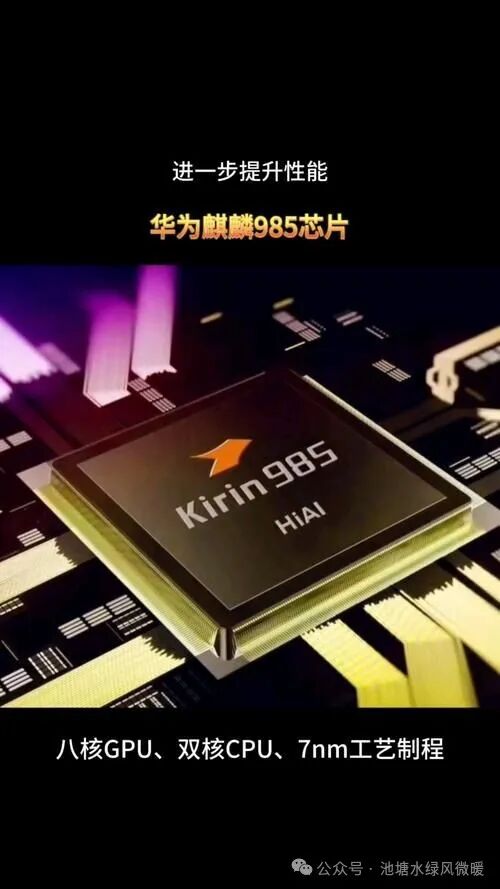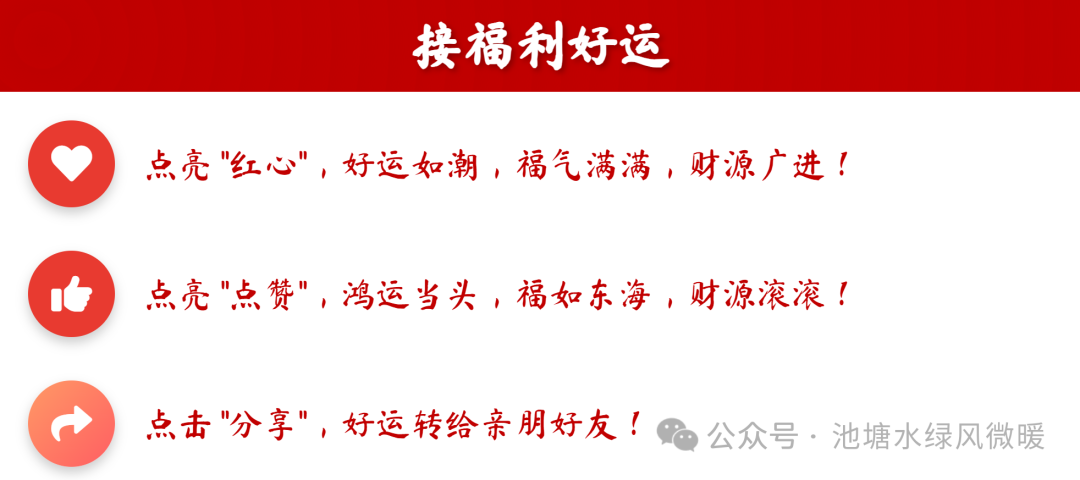Breakthrough in China’s Semiconductor Chip Technology! Huawei’s New Budget Phone: 14nm Kirin Chip
1
Milestone for Domestic Chips
Huawei Enjoy 80 officially debuts, equipped with the 14nm Kirin 710A processor! The launch of this budget phone is not just a smartphone release, but a **”key node for the self-controllable development of China’s semiconductor industry”**. The Kirin 710A is manufactured by SMIC and utilizes a 14nm process, achieving full domestic production from chip design to manufacturing and packaging testing, marking a significant breakthrough for China in the semiconductor field.
It is worth pondering, in today’s increasingly fierce global competition in chip technology, why does this seemingly ordinary 14nm chip attract such widespread attention?
2
Kirin 710A: More Than Just the 14nm Significance
On the surface, the Kirin 710A processor, with a main frequency of 2.0GHz and Mali-G51 GPU, does not boast top-tier specifications.“However, the real key is that its localization rate has reached 100%”. This means that the entire industrial chain from design, wafer manufacturing to packaging testing is fully self-controlled domestically.

Data shows that in the global semiconductor industry, the output value ratio of chip design, manufacturing, and packaging testing is approximately 4:3:3. In the global industrial landscape, American companies have long monopolized the design segment, while TSMC dominates the manufacturing segment. This model of “design in the USA, manufacturing in Taiwan” has become the industry norm.“The breakthrough of the Kirin 710A breaks this traditional pattern”.
It must be pointed out that while the 14nm process is not the most advanced process currently, it is an important stepping stone for China’s semiconductor industry to achieve self-control. It represents a capability—being able to produce chips that meet public demand even under technological blockade.
3
Strategic Significance of the Budget Phone Market
The Huawei Enjoy 80 is positioned in the budget market, which accounts for over **”40%”** of the Chinese smartphone market. The choice to launch a domestic chip in this price range is a thought-provoking strategy by Huawei.
In terms of specifications, the Huawei Enjoy 80 features a 6.67-inch screen, a **”6620mAh large battery”** that supports 2.2 days of continuous talk time; it uses an aluminum alloy body, increasing strength by 100%; it has a 50-megapixel main camera; it is pre-installed with HarmonyOS 4.0, making it the first budget phone to feature this system; and it supports 40W fast charging… these specifications are quite impressive for the budget phone market.

However, Huawei’s true ambition likely extends beyond just selling devices.
By massively adopting domestic chips, Huawei can reduce costs while providing a large number of orders to domestic chip manufacturers, creating a virtuous cycle. This model—“exchanging market for technology”—is an important path for the breakthrough of China’s semiconductor industry.
4
Industry Chain Collaboration: From “Choke Point” to “Breaking the Ice and Moving Forward”
Notably, the successful mass production of the Kirin 710A is backed by the collaborative efforts of the entire industry chain. SMIC provides the 14nm process technology, while Huawei HiSilicon is responsible for chip design. This close cooperation of “design + manufacturing” sets a new benchmark for China’s semiconductor industry.
Looking at the big picture, from the comprehensive technological blockade imposed by the US on Huawei in 2019 to the mass production and application of domestic 14nm chips today, China’s semiconductor industry has traversed a difficult yet hopeful path.“Technological blockade has instead become a catalyst for the independent innovation of China’s semiconductor industry”.

In fact, based on the breakthrough of the 14nm process, China’s semiconductor industry has already begun to move towards more advanced processes. It is reported that SMIC has made significant progress in N+1 and N+2 processes, with these technologies approaching 7nm levels in certain aspects. Surprisingly, under continuous pressure from the US, China’s chip industry has accelerated its pace of independent innovation.
5
Impact on Ordinary Consumers
What does the emergence of the Huawei Enjoy 80 mean for ordinary consumers?
First,“the mature application of domestic chips will bring more diversified smartphone choices”. Secondly, as the localization of the industry chain increases, smartphone prices are expected to stabilize, no longer affected by fluctuations in the international supply chain. Finally, and most importantly, consumers will have better data security when using smartphones with domestic chips.
After all, whoever controls the chips controls the initiative in data security.

6
Outlook
Looking to the future, the Huawei Enjoy 80 equipped with the Kirin 710A is just the beginning, not the end.“China’s semiconductor industry is forming a complete ecosystem from design, manufacturing to application”. As more domestic chips are widely adopted, the industry chain will become more mature, and technological iterations will accelerate.
Huawei has already proven its strength in the high-end market, and now it is taking action to tell the world: Chinese chips can not only be high-end but also affordable. From the Kirin 9000 in the Mate series to the Kirin 710A in the Enjoy series, Huawei is building a complete “Chinese chip” matrix.
All of this indicates that China’s semiconductor industry is ushering in a new spring.
It is exciting to anticipate that with the acceleration of the domestic substitution process, we will see more products based on independent innovation technologies, and the Huawei Enjoy 80 equipped with the 14nm Kirin chip is undoubtedly an important step in this process.
